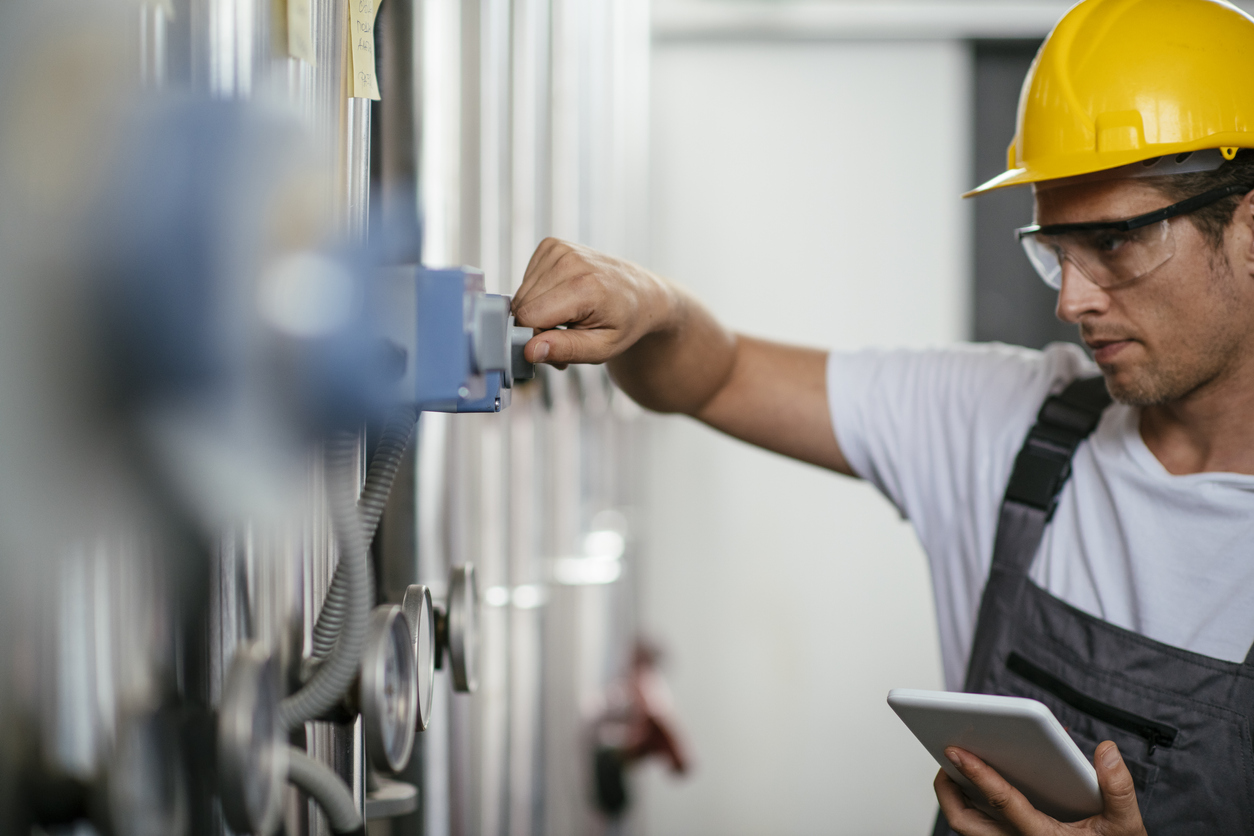A Guide to Being Prepared for the Gas Station Inspection

Gas station inspections are a regular occurrence both for stakeholders and customers to provide a safe environment for business. While there are some variances within the inspection, there are many things checked everywhere. Being prepared for a gas station inspection is perfect so that you never have a problem. Here is a guide so that you can pass and pre-prepare to avoid any problems or business issues.
Emergency Procedures and Numbers
Be sure to have emergency procedures for fire, spillage, accidents and equipment failure. All of your procedures should receive assessments monthly and updated when necessary. It is important that all your staff maintains training and awareness of the procedures so that they can handle all situations in a timely manner.
All emergency phone numbers need to be put together in a list and prominently displayed at the central console. The list of numbers should include fire brigade, ambulance, and police.
Emergency Stop
There must be a main emergency stop that cuts the power to all the gas pumps and dispensers. This emergency stop needs to be in an accessible place and not blocked by shelves or racks. The emergency stop must have prominent labeling and tested monthly to ensure that it works properly.
Safety Equipment
In a natural gas station, the most important piece of safety equipment is a fire extinguisher. Gas station requirement is to have at least two-powder type fire extinguishers. The fire extinguishers need to be adequately labeled and in a place from which they can be accessed without any danger in case of an emergency. They need to receive service every six months to remain effective.
Spill kits are another piece of safety equipment that is a requirement. Oil spills can spark a fire in no time and have to be dealt with immediately. A spill kit is critical for a gas station’s safety.
Risk Assessment and Site Plan
Risk assessments and site plans should receive preparation and regular maintenance. This also includes taking inventory of the goods on-site, in particular, the dangerous goods, such as flammable liquids and combustible gas.
A risk assessment ensures that the property owner is aware of all the potential dangers present on the site and the proper steps are being taken to diminish those risks.
Gas Pumps and Fuel Tanks Safety
While all the other inspection and safety tips can be managed by a gas station owner the gas pumps and fuel tanks require a professional inspection. This maintenance needs to be done regularly to be sure that there are no potential dangers and anything that could lead to danger will be fixed beforehand.
It is important to have records and documents of everything including inspections easily accessible in case there are any questions that arise during the gas station safety inspection.

Leave a Reply
You must be logged in to post a comment.